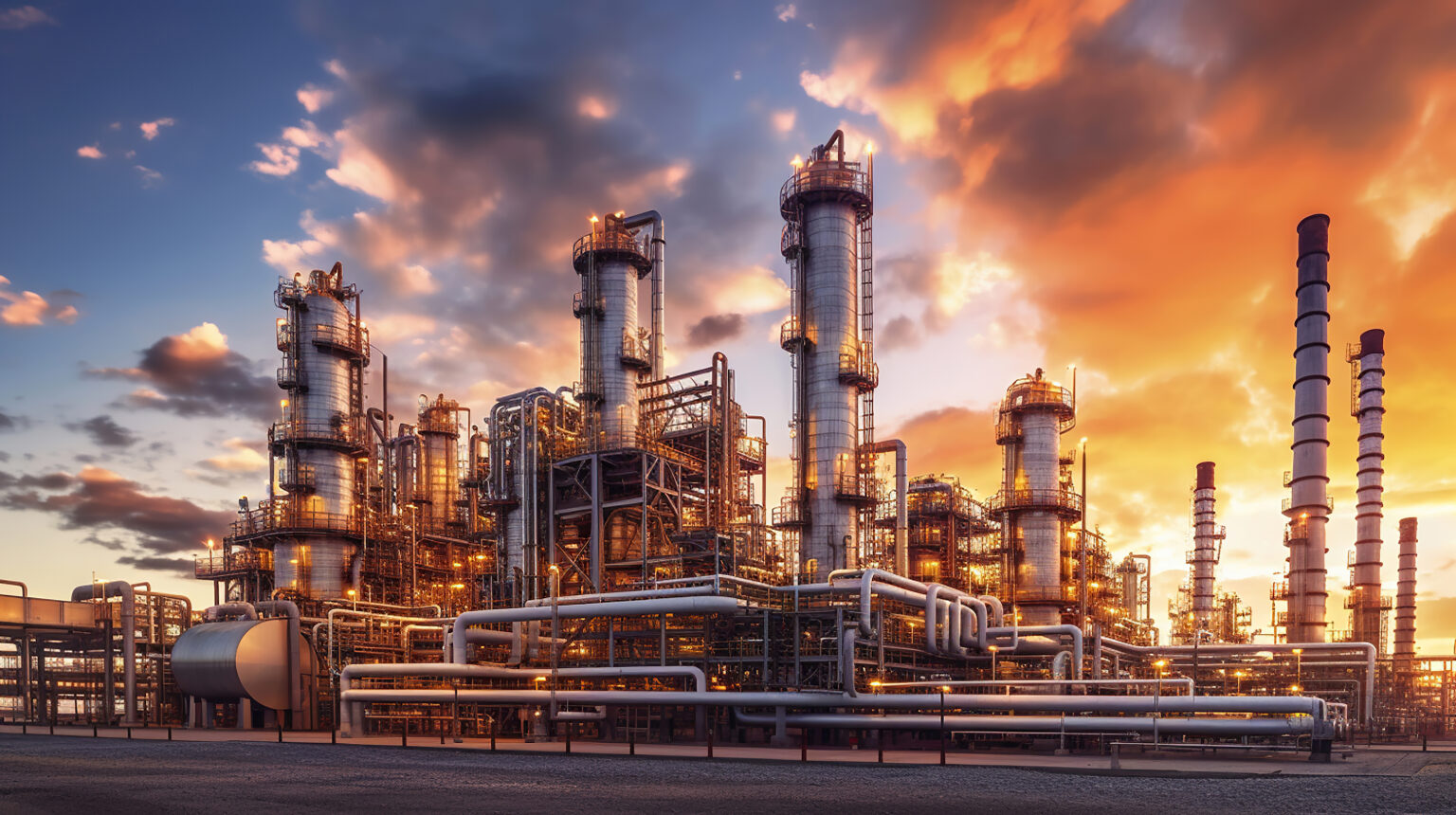The petrochemical and heavy industry sectors demand materials with exceptional durability, chemical resistance, and performance under extreme environmental conditions. Factors such as high temperatures, pressure, and exposure to harsh chemicals make reliability and quality crucial for materials used in these industries. Rubber materials, with their flexible and resilient properties, are widely used in these sectors, providing solutions that enhance safety, efficiency, and longevity.
Key Rubber Materials Used in Petrochemical and Heavy Industries
FKM (Fluoroelastomer): Known for its excellent chemical resistance and high-temperature tolerance, FKM rubber is widely used in seals, gaskets, and hoses that come into contact with hydrocarbons in the petrochemical industry. It maintains its integrity when exposed to a wide range of chemicals and solvents.
NBR (Nitrile Rubber): Nitrile rubber is highly resistant to petroleum-based oils, solvents, and hydrocarbons. It is commonly used in seals, gaskets, and hoses for equipment exposed to fuels and lubricants. NBR also offers superior mechanical strength and long-lasting performance.
EPDM (Ethylene Propylene Diene Monomer): EPDM is valued for its resistance to ozone, UV rays, and a variety of chemicals. It is used in steam transfer hoses, cooling systems, and external seals in petrochemical facilities. Its heat resistance also makes it a preferred material for heavy industry applications.
CR (Chloroprene Rubber or Neoprene): Neoprene offers resistance to heat, oil, and chemicals, making it suitable for connectors, seals, and hoses in petrochemical facilities. Its fire-resistant properties add an extra layer of safety, especially in hazardous environments.
SBR (Styrene Butadiene Rubber): SBR rubber is known for its abrasion resistance, making it ideal for vibration-absorbing pads, suspension components, and sealing applications in heavy machinery. It provides long-lasting performance even under harsh operating conditions.
HNBR (Hydrogenated Nitrile Rubber): HNBR offers enhanced chemical and temperature resistance compared to NBR. It is used in high-pressure and high-temperature sealing elements in petrochemical plants and heavy machinery. Its wide temperature tolerance ensures durability and extended service life.
Applications of Rubber Materials in Petrochemical and Heavy Industries
Sealing Elements and Gaskets: Rubber materials such as FKM, NBR, and HNBR are used to ensure leak-free operation in pipelines, valves, and pumps. These materials provide resistance to chemicals, high pressure, and extreme temperatures, making them indispensable in these sectors.
Hoses and Connectors: Rubber hoses and connectors are critical for transferring chemicals and fluids. NBR and FKM hoses are used for hydrocarbon and solvent transfer, while EPDM is preferred for steam and hot water transfer applications.
Vibration Dampeners and Pads: Rubber materials in heavy machinery help reduce vibrations, improving performance and reducing wear. SBR and polyurethane rubber pads are placed under heavy machine components to absorb shocks and stabilize equipment.
Coating Materials: Rubber coatings are used to protect internal surfaces of chemical tanks, pipelines, and storage containers. Materials like neoprene and FKM provide resistance to chemicals, extending the lifespan of tanks and pipelines in petrochemical facilities.
Hydraulic and Pneumatic Systems: In heavy machinery, rubber materials such as NBR and HNBR are used in hydraulic and pneumatic systems to ensure oil and air sealing. These materials withstand high pressures, ensuring operational safety and efficiency.
Machine Parts and Protectors: Polyurethane coatings protect machine parts from wear and tear. In heavy-duty equipment, rubber materials shield components working with abrasive substances, extending the equipment’s lifespan and reducing maintenance costs.
Rubber materials play a crucial role in the petrochemical and heavy industry sectors, offering durability, chemical resistance, and reliability under extreme conditions. Their versatility makes them essential for sealing, fluid transfer, vibration absorption, and equipment protection. By selecting the right rubber material, industries can improve safety, reduce downtime, and enhance the longevity of critical components.

